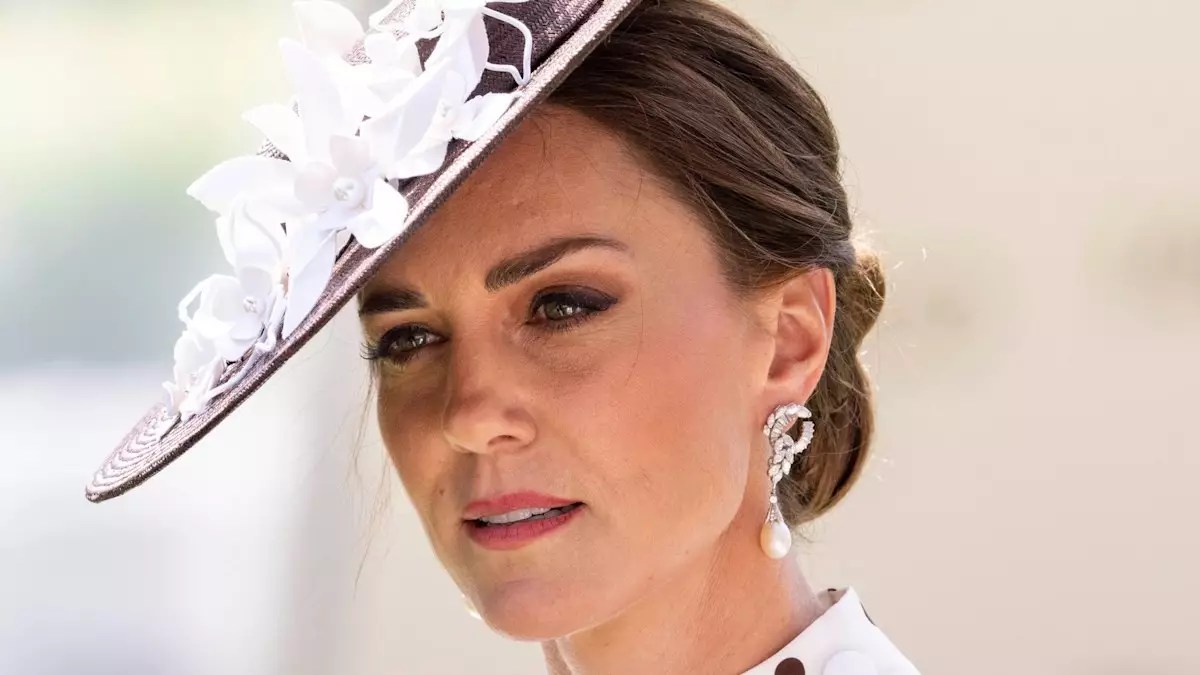The recent announcement of the Princess of Wales, Kate Middleton, opting out of Royal Ascot has intertwined personal struggles with public expectations. At 43, Kate has demonstrated an exceptional level of grace under pressure, particularly after facing a serious health crisis. The decision to forego one of the most glamorous social events in Britain speaks volumes not just about her physical well-being, but also about the mental space she needs to navigate her life post-cancer. It reveals a commendable prioritization of health and family over ceremonial obligations, prompting us to reevaluate the unyielding expectations placed upon public figures, especially women.
Public Engagements and Personal Battles
In the context of British society, events like Royal Ascot are not merely social gatherings; they are fabric of cultural rituals where both glamour and tradition converge. The anticipation surrounding Kate’s presence was palpable, particularly as her husband, Prince William, stood poised to honor the day with key responsibilities such as handing out race prizes. However, her absence from the event shines a light on the lesser-discussed struggles individuals face when balancing personal battles with public life.
Having undergone six months of preventative chemotherapy following a cancer diagnosis in March last year, the Princess’s journey is one of resilience and courage. Her decision to remain behind the scenes during this high-profile occasion echoes a powerful message: that mental and physical health should always take precedence, no matter how glamorous the setting.
A Shift in Royal Dynamics
Kate’s absence also touches upon the evolving dynamics within the royal family. Traditionally, the Princess’s role in royal engagements has been pivotal in shaping public sentiment and reinforcing the monarchy’s contemporary relevance. However, this shift presents an opportunity for other family members to step into the limelight, as evidenced by the presence of her mother, Carole Middleton, and brother-in-law James Middleton’s wife, Alizee. Their visibility alongside esteemed guests exemplifies a royal family adapting to its members’ realities, demonstrating unity through support, which is often overlooked in discussions surrounding the family’s public image.
Support Network in Focus
The role of family and support networks cannot be overstated, particularly in the tumultuous landscape of the royal family’s public life. The recent appearances of figures like Thomas van Straubenzee and his wife alongside the Middleton family at Ascot underline how interconnected personal and public identities can be. Their presence signifies not just friendship, but a support system built to endure tough times.
Even amid personal challenges, the royal family remains an intricate tapestry of relationships that collectively confront adversity head-on. By choosing a more private approach during this period, Kate Middleton is not only protecting her own health but also reinforcing the need for an understanding compact within the public sphere about the realities that lie behind the façade of royal events.
In a world that often prioritizes performance over well-being, the Princess of Wales’s journey serves as a poignant reminder that taking time for oneself is not a retreat from duty but a powerful affirmation of it.







Leave a Reply